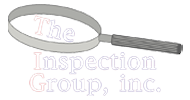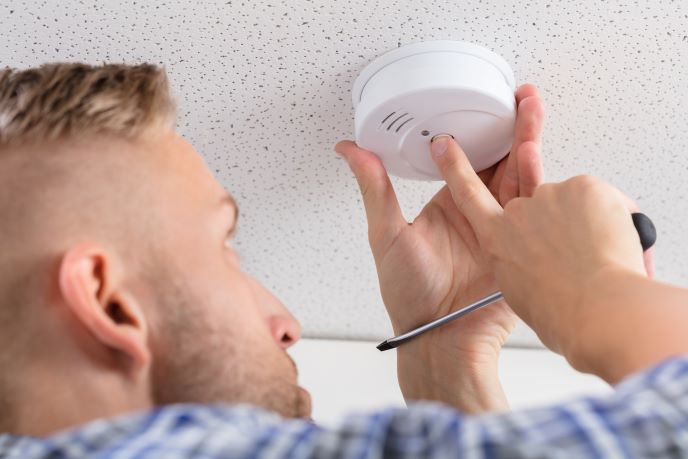In the realm of property management and regulatory compliance, not all items hold equal weight. However, it’s essential to recognize that lack of scoring doesn’t necessarily equate to unimportance. The recently released NSPIRE Final Scoring Notice, dated July 7, 2023, clarifies this point, suggesting that the non-scoring aspects of NSPIRE protocols are still important and should not be overlooked. It provides a list of items categorized as non-scoring defects – items which, despite not contributing to the overall score, still demand immediate attention due to their critical nature.
Non-Scoring Aspects of NSPIRE Protocols
A classification that began with Smoke Alarms back in 1999 has evolved to include several new items. Each of these non-scoring defects fall under the Life-Threatening category, implying that they are significant enough to pose a direct threat to human life if left unattended. Therefore, these defects necessitate rectification within a 24-hour window, regardless of their non-scoring status.
Here’s a snapshot of the items considered as such:
- Carbon Monoxide Device: Any defect related to the Carbon Monoxide device.
- Smoke Alarm: Any malfunction or issue with smoke alarms.
- Call-for-aid: Instances where the system is blocked, or the pull cord is mounted higher than 6 inches from the floor. This applies to all locations.
- Handrail: If a handrail is missing or isn’t installed where required. Again, this is applicable for all locations.
The NSPIRE Final Scoring Notice also introduces the concept of ‘affirmative requirements’. These are specific property attributes or prerequisites that need to be met. While these new affirmative requirements do signify defects, HUD recognizes that properties may require time to comply. To account for this, HUD has decided not to score these newly defined affirmative requirements for the first 12 months of NSPIRE inspections. They include:
- Fire Labeled Doors: Any defects. This applies to all locations.
- Electrical-GFCI: An unprotected outlet located within 6 feet of a water source. This, too, applies to all locations.
- Guardrail: Any defects related to guardrails across all locations.
- HVAC: From October 1 through March 31, heat sources that are unable to maintain room temperature above 68 degrees; heat sources that are inoperable or fail to maintain interior temperature above 64 degrees.
- HVAC: From April 1 through September 30, heat sources that are inoperable, missing, or not installed.
- Interior Lighting: The requirement of at least one permanent light fixture in the kitchen and bathroom.
- Minimum Electrical & Lighting: The need for at least two working outlets and one installed light fixture within each habitable room.
Whether you’re preparing for your REAC inspections or working towards compliance with HCV/HQS standards, we’re here to help. Our range of services includes:
- Pre-REAC inspections for a thorough analysis before the official visit.
- NSPIRE/UPCS/REAC 100% annual inspections to ensure year-round compliance.
- REAC shadows on the day of your official REAC inspection for real-time insights.
- Assistance with REAC appeals if you disagree with the outcome.
- Comprehensive NSPIRE/UPCS/REAC training classes, available both online and in-person.
- HCV/HQS inspections to meet Housing Quality Standards.
Contact us today for all your REAC-related and HCV/HQS inspection needs. We’re dedicated to helping you navigate these complex protocols with ease and accuracy.





